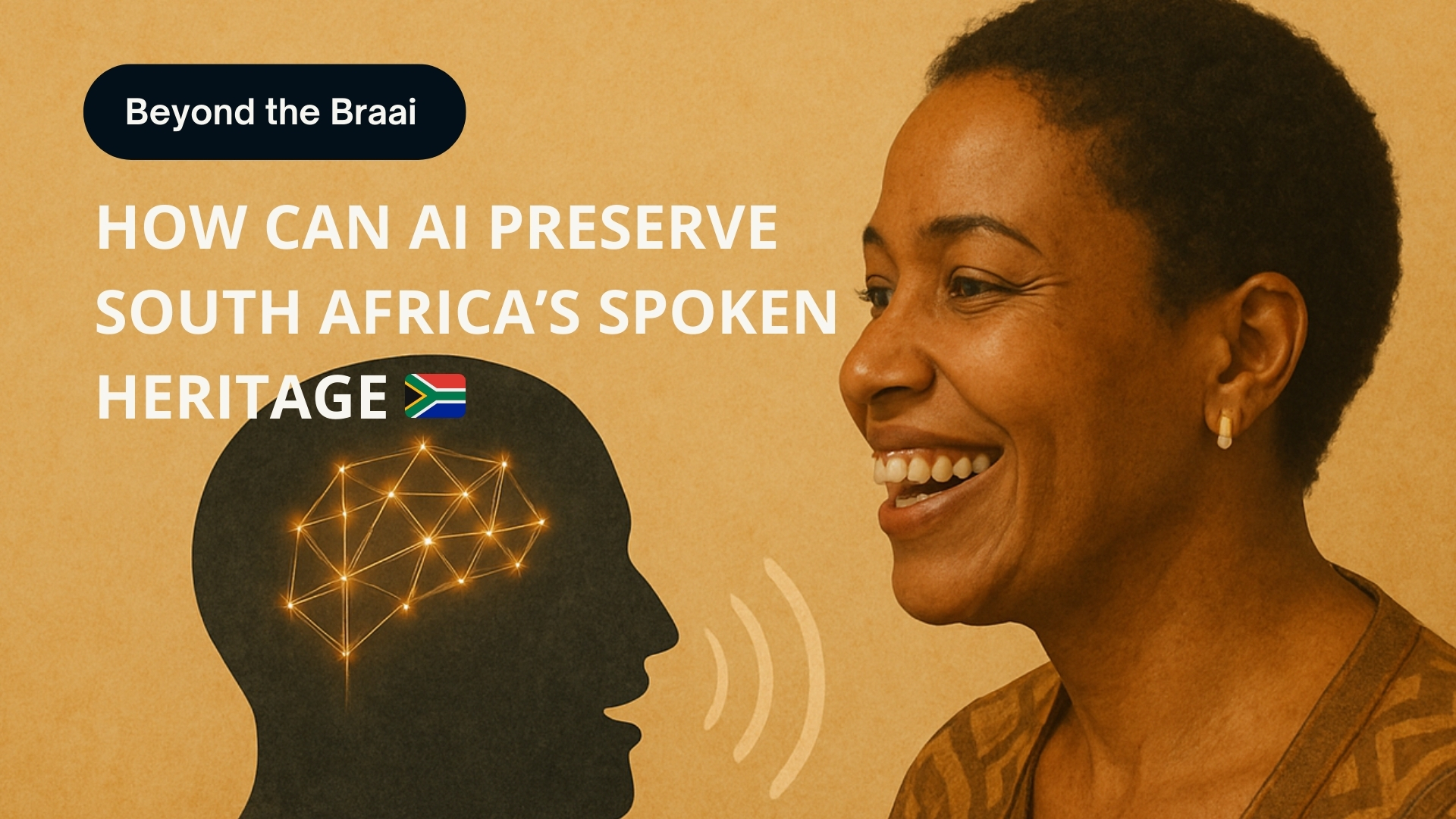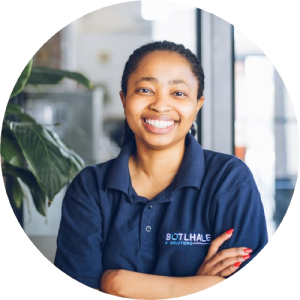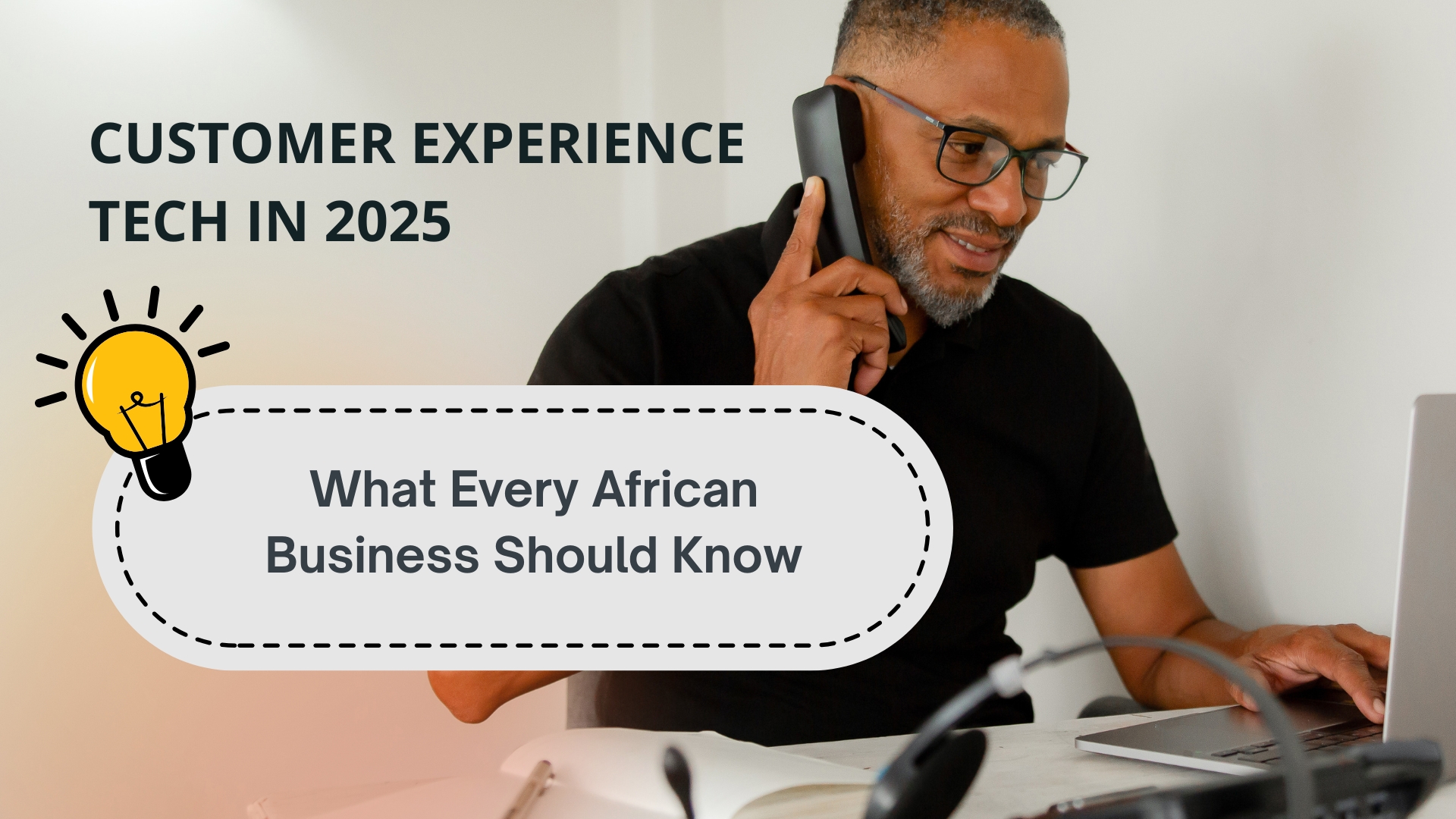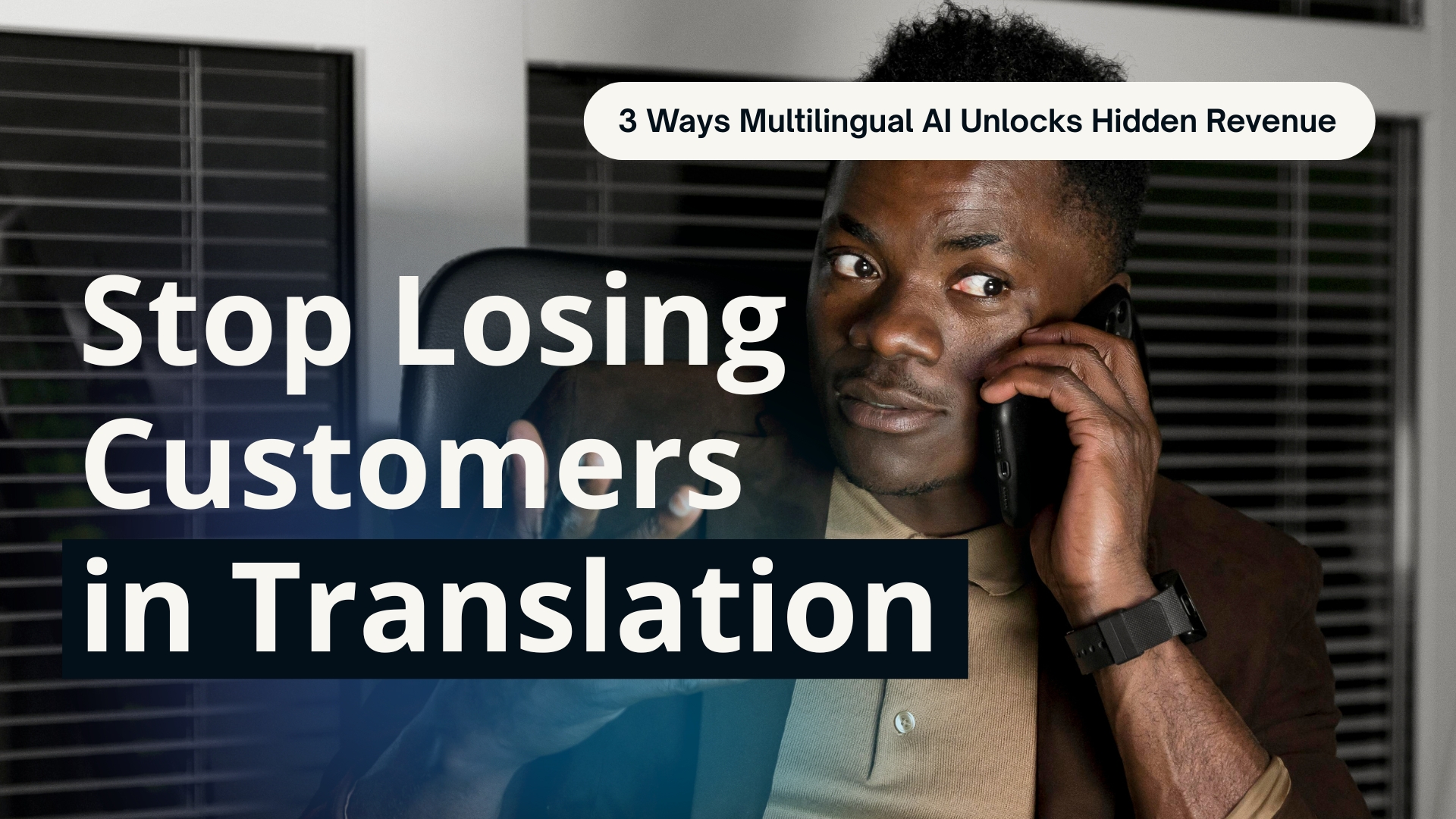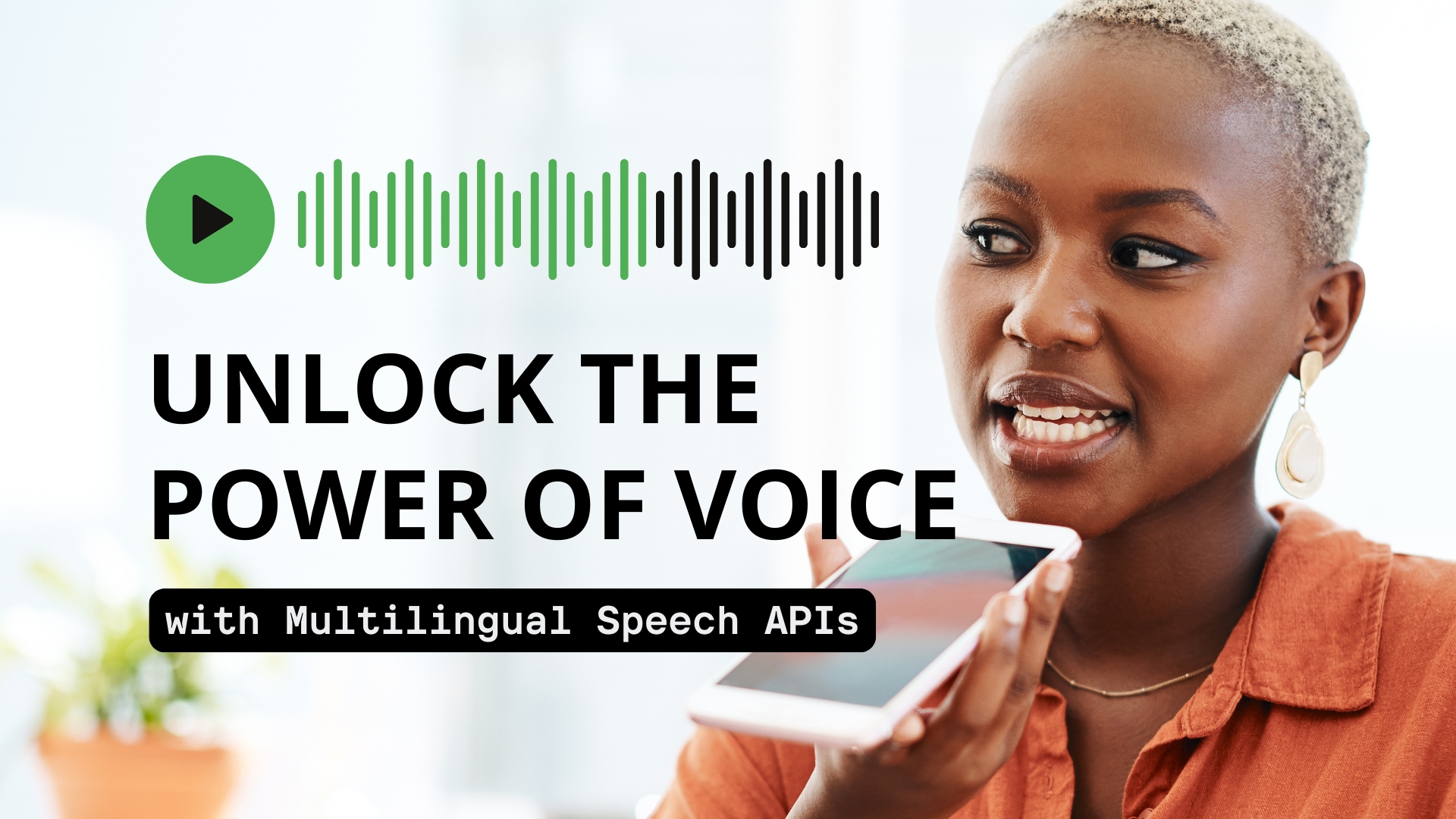Each year in September, South Africans come together to celebrate Heritage Month, a time to reflect on our cultural diversity and shared identity. While many associate heritage with traditions, food, and clothing, there’s one element that binds it all together—language. South Africa’s 11 official languages are not just tools for communication; they are carriers of history, identity, and belonging.
But in today’s digital world, the languages we celebrate offline often struggle for representation online. The question is: how do we carry our heritage into the digital future? The answer lies in innovation—specifically, building technology that speaks our languages.
The Language Gap in Technology
While South Africa is proudly multilingual, the digital platforms we use every day often aren’t. Most websites, apps, chatbots, and call centre systems are designed to operate primarily in English. This creates barriers for millions of people who prefer or feel more comfortable communicating in their home languages.
The impact of this language gap is far-reaching:
- Customer service frustrations: A client trying to explain their issue in isiZulu may not be properly understood by an English-only chatbot or analytics platform.
- Education barriers: Students learning in their mother tongue may struggle to find digital resources that support them.
- Healthcare misunderstandings: A patient trying to explain symptoms in Sesotho could be misinterpreted if the system can’t capture or transcribe their words accurately.
Language is at the heart of accessibility. When technology excludes local languages, it unintentionally excludes people.
Turning Heritage into Innovation
Heritage Month reminds us that our languages are more than culture—they’re assets. By weaving them into digital products and services, businesses and institutions can unlock new opportunities for inclusion, trust, and growth.
Here’s why multilingual innovation matters:
- Inclusion: Everyone deserves equal access to technology, no matter the language they speak.
- Trust: Customers feel heard and valued when they can interact in their mother tongue.
- Better user experience: Communication becomes clearer, faster, and more natural.
This isn’t just about preserving heritage—it’s about using heritage as a springboard for innovation. A business that embraces local languages is not only honouring culture but also building stronger, more resilient relationships with customers.
Building a Multilingual Digital Future
Heritage Month reminds us of the responsibility we carry: to preserve the richness of our past while building a future that reflects who we are. At Botlhale AI, our mission is simple: bridging the language gap, ensuring that no language is left behind in the digital era.
We envision a South Africa where:
- A customer can get support in isiXhosa.
- A patient can explain their symptoms in Sepedi.
- A student can learn in isiZulu without losing access to global knowledge.
This is the future we’re building—a multilingual digital future where heritage and innovation go hand in hand.
Heritage Month is more than a celebration of our past; it’s a call to shape the future. For South Africa, that future must be multilingual and inclusive, ensuring that technology speaks to everyone, not just a few
At Botlhale AI, we’re proud to be part of this journey—building technology that speaks your language, honours your heritage, and powers the future.
👉 Partner with us to build a multilingual digital future. Explore how Vela, and our Multilingual Speech APIs can transform the way your organisation connects with South Africa’s diverse communities.

